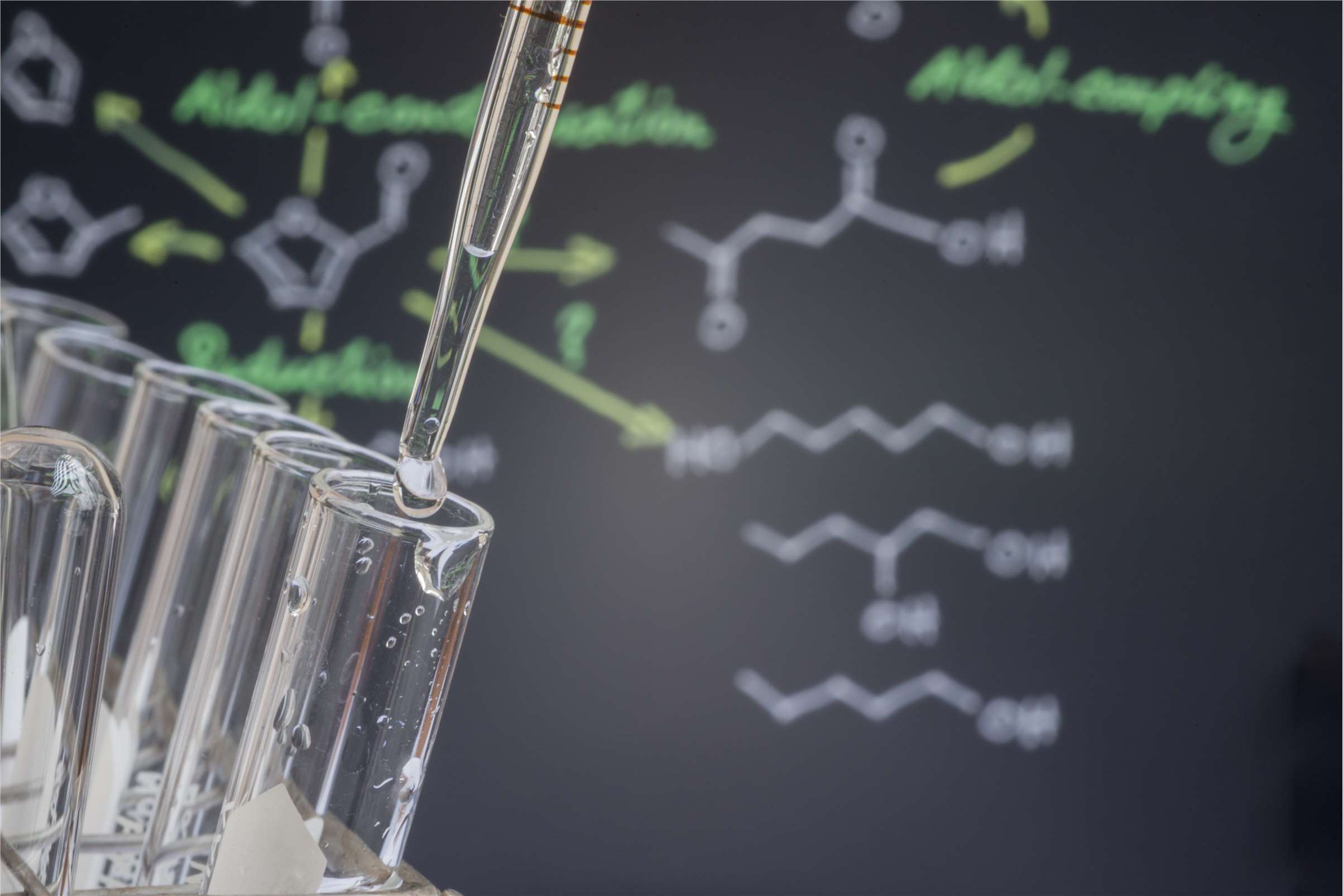The proteome abundance changes constantly in different periods and under different conditions, reflecting the characteristics or abnormal changes of life's physiological activities. Quantitative analysis of proteins can accurately quantify and identify all proteins expressed by genes or all proteins in complex mixed systems, providing powerful help for researchers to explain cellular physiological activities, protein functions, and disease markers. Creative Proteomics has long focused on biological mass spectrometry, which can provide more reliable and broader quantitative proteomics services.

The quantitative strategies of quantitative proteomics services can be divided into two types, labeled (Label) and non-labeled (Label Free). The basic process of the labeling strategy is to digest the protein into a mixture of peptide fragments, use special markers to differentially label the peptide fragments, and finally perform LC-MS/MS analysis together to obtain the results. The non-labeling strategy does not use isotope tags as internal standards. The basic process is to use liquid chromatography/mass spectrometry technology to detect the mass spectrometry data generated when proteins, compare the signal intensities of the corresponding peptides in different samples, and finally complete the quantitative analysis.
Quantitative analysis of proteins can reveal protein changes and expression levels, helping researchers explain life phenomena and cellular physiology, especially in the study of disease mechanisms. Our services are available all year round, and we can accept and provide pretreatment services for a variety of your experimental samples, including but not limited to animal tissue samples, cell samples, microbial (bacterial/fungal) samples, and complex protein mixtures, protein strips belt, etc.
The services we can provide are as follows.
We can select a variety of isotopically labeled amino acids essential for cell growth, undergo enzymatic digestion for mass spectrometry, and finally perform quantitative analysis based on the mass spectrometry peak pattern with isotopic labeling.
We first lyse the samples using trypsin, and alkylate and enzymatically digest the lysed samples into peptides, then label them with iTRAQ reagents. This service is suitable for high-throughput detection of multiple samples.
This service allows the labeling of peptides with 10 types of tags including NHS-ester groups with amine reactivity, mass normalization groups, MS/MS reporting groups, etc., and then obtaining quantitative information about the protein by techniques such as HPLC-MS.
First, we use chemical labeling methods to label proteins or peptides with different dimethyl labels. The dimethyl labeling technology is well compatible with mass spectrometry analysis, and then performs 2-plex or 3-plex quantitative proteome analysis.
Absolute quantitative analysis service requires stable isotope-labeled synthetic peptides as internal standards to differentiate natural peptides. This service enables precise and quantitative determination of absolute levels of proteins and post-translationally modified proteins.
This service does not rely on isotopic labeling and compares the signal intensities of the corresponding peptides in different samples, allowing for relative quantification of the proteins corresponding to the peptides. Suitable for proteomic studies with large numbers of samples.
This service mainly identifies particular protein post-translational modifications utilizing MS and MS peptide mapping and then realizes quantitative analysis of post-translational modification sites through confirmation by secondary or multi-stage mass spectrometry.
We need to deplete IgG and albumin in plasma before quantitative analysis. This proteomic analysis service can quantitatively identify inflammatory markers such as apolipoprotein family and C-reactive protein in samples.
Creative Proteomics, a leader in mass spectrometry-based analysis services, can provide you with comprehensive and customizable mass spectrometry-based quantitative proteomics services. If you are interested, please feel free to contact us .
The service is for research only, not for clinical use.

